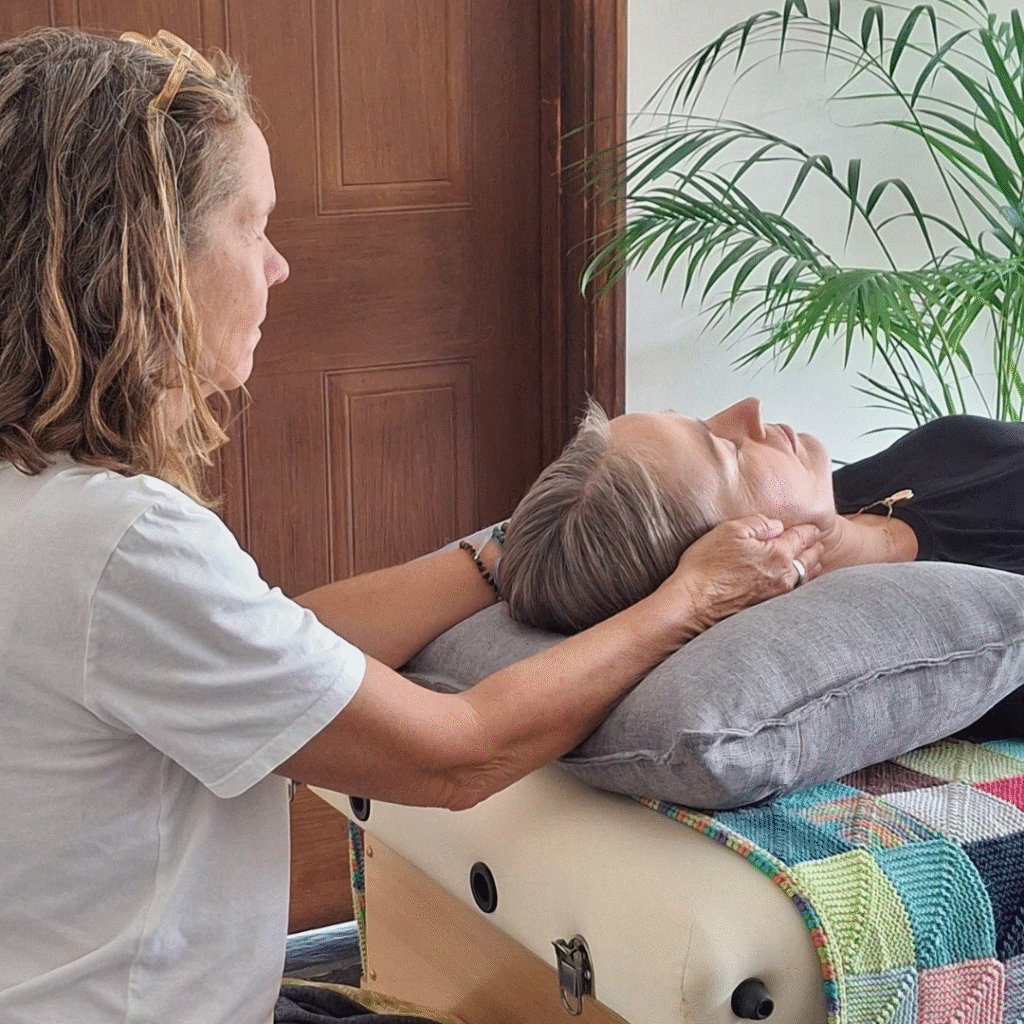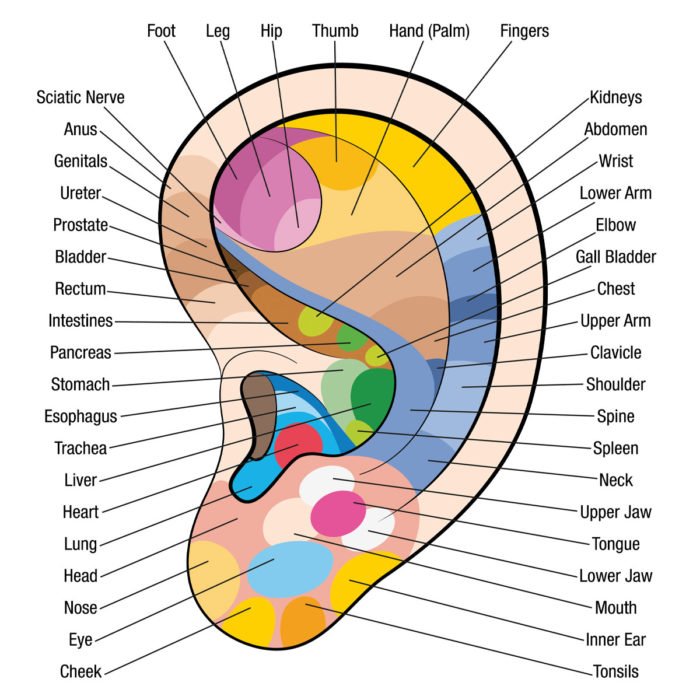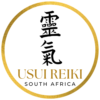The simple act of placing the hands over a client’s ears and temples during a Reiki session offers clients a few moments where the outside world fades, and they’re left with a sense of calm and quiet. It’s an important part of the Reiki treatment, but I have always wondered what makes the ears and temples so special, when the ears are not considered one of the seven major chakras? To help us understand its importance we’ll look at it from a Reiki perspective and through the lens of Traditional Chinese Medicine (TCM).
The Ears and Temples in Reiki
When we cup our hands over a client’s ears and temples, there’s a beautiful balancing effect at play here. The ears and temples are close to the temporal lobes, the parts of the brain that help us make sense of sound and language. By placing hands here, Reiki practitioners are helping to harmonize the left and right hemispheres of the brain, indirectly benefitting the endocrine system. In practice, many people report feeling mentally clearer, less anxious, and a quieting of the mind. This hand position also energizes the auditory and optic nerves, potentially improving hearing and eyesight.

Intuition also relies on our ability to pick up on subtle sights and sounds, as messages from our higher selves. Reiki for the ears can therefor also help clients tune in to their inner guidance better. It’s as if the gentle warmth of the hands prompts the body remember how to listen to the world outside and to the quiet wisdom within.
And while we can’t point to a specific nerve or gland that’s being “switched on,” there’s a sense that this hand position supports the pineal and pituitary glands. These are the tiny but mighty regulators of our hormonal and sleep cycles, tucked deep within the brain. Placing hands on or near the ears and temples can stimulate the function of both the pineal and pituitary glands, thereby encouraging natural hormonal balance.
Traditional Chinese Medicine Insights
If we investigate TCM, it offers its own fascinating perspective. In this tradition, the ear isn’t just for hearing, it’s a microcosm of the entire body. Practitioners of auricular therapy (ear acupuncture or acupressure) map out points on the ear that correspond to every organ and system. One point, Shenmen (the “Spirit Gate”), is especially revered for calming the mind, easing anxiety, and opening the heart to spiritual connection. It’s no wonder that gentle touch on and around the ears feels so soothing.

The temples, meanwhile, are home to the Taiyang point. If you’ve ever instinctively rubbed your temples during a headache, you’ve tapped into this ancient wisdom. Taiyang is used to relieve tension, clear the mind, and support eye health. In TCM, the temples are also seen as gateways for Qi (life force energy) to flow into the brain, nourishing our mental faculties and emotional resilience.
Where Reiki and TCM Meet
What I love most is how these two worlds – Reiki and TCM – meet in the middle. Both recognize the ears and temples as places of deep healing potential. Whether you look at the importance of the ears and temples from a Reiki perspective or as an acupressure point, the intention is the same: to restore balance, calm the mind, and support the eyes and ears both physically and metaphysically.
So next time you find yourself covering your ears or massaging your temples, pause for a moment. Notice what shifts inside you. Perhaps you’ll sense a quieting of the mind, the voice of your inner guidance speaking louder, or a gentle return to calmness. Don’t overlook the importance of the ears and temples when treating clients, and make sure to include it in your self-treatments as well. Sometimes, it’s the simplest gestures that hold the deepest healing.


